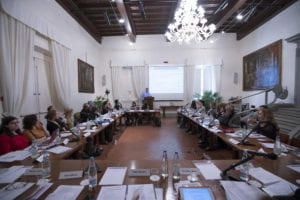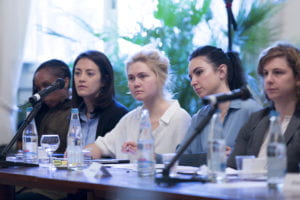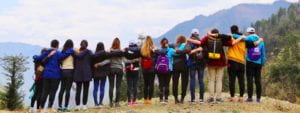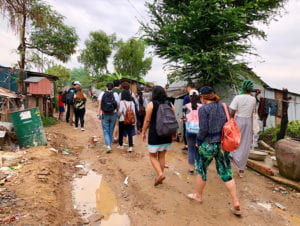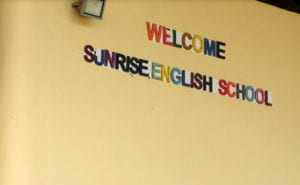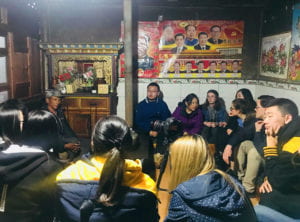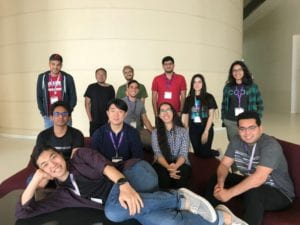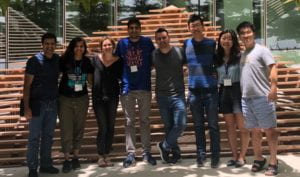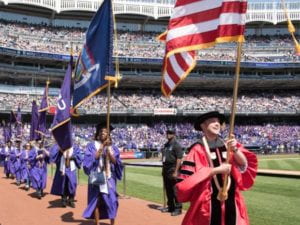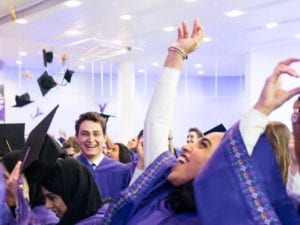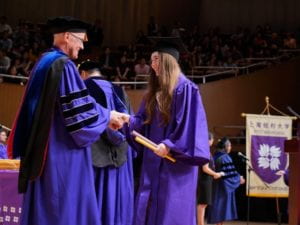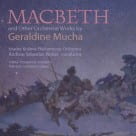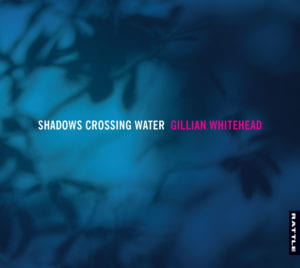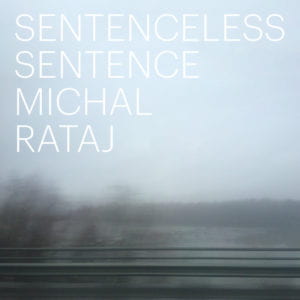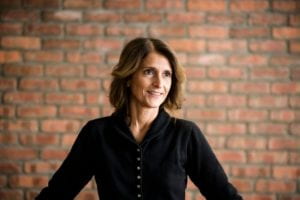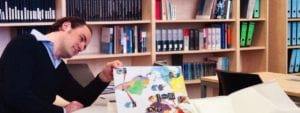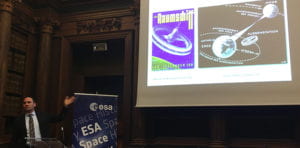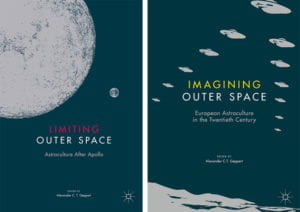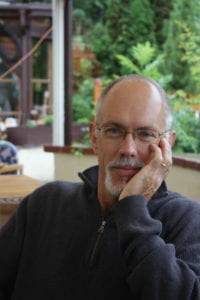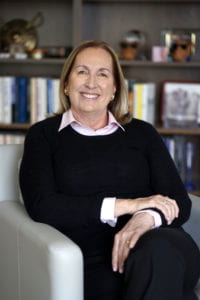 In this second post, Dr. Cheryl Healton, Dean of the College of Global Public Health and Professor of Public Health Policy and Management, talks with us about the third annual Health and Human Rights Conference at NYU Florence. In addition to her management responsibilities, Dr. Healton is responsible for building the College of Global Public Health’s academic, service, and research programs, which focus on domestic and international health with an emphasis on prevention, systems intervention, and innovation in public health practice. We are thrilled to share her perspective and insights on this important topic.
In this second post, Dr. Cheryl Healton, Dean of the College of Global Public Health and Professor of Public Health Policy and Management, talks with us about the third annual Health and Human Rights Conference at NYU Florence. In addition to her management responsibilities, Dr. Healton is responsible for building the College of Global Public Health’s academic, service, and research programs, which focus on domestic and international health with an emphasis on prevention, systems intervention, and innovation in public health practice. We are thrilled to share her perspective and insights on this important topic.
1. Can you tell us what the vision is for this conference and why it is important?
When I first joined NYU, I was excited by the various efforts going on university -wide in the area of human rights. I knew the Global Institute of Public Health, as we were called then, needed to become active in this area. Three key events happened that made it possible. First, and most important, I was approached by HealthRight International about forming an alliance. After much negotiation and the help of former EVP Robert Berne and the NYU legal office we signed a Memorandum of Agreement with them to collaborate on curriculum, research, and practice. We provided a physical home for them and we now employ the Executive Director, Dr. Peter Navario, who is an inspiring leader. Second, I met Joanna Pozen, referred to me by John Sexton our former President, who is an expert in health and human rights and was uniquely qualified to help us build this area. She also is an expert on women’s health and human rights, a subject near and dear to my heart. Finally, I got to now Ellyn Toscano, site director at NYU Florence who also has a keen passion for human rights and is deeply connected with human rights activists and political leaders in Italy. We were delighted to have her join our faculty too.
The vision was simple – Could we catalyze more effective activity in the health and human rights arena by bringing together academics, NGOs, activists, government officials and students? Could we design a world class curriculum? Could we stimulate research efforts to better track and assist in meeting the needs of the large and growing numbers of refugees, displaced persons and migrants? Could we learn from each other and gain insights that none of us could achieve within our own silos?
There are now more people without a home or homeland since the end of World War II. Many are dying in transit, many are dying in the camps meant to protect them, and and many are suffering from the sequelae of trauma. A handful of European countries play a key role in what the course of history will be in this crisis. The growing wave of fear toward immigrants and refugees is ominous and fits with the swing to the right happening in many locations around the world. Unless rational voices join in a chorus, a desperately bad situation will grow worse still.
2. I understand that this is the third annual event. Will it continue?
We just completed the third annual event and we hope to continue this effort and grow it into an annual global event attached to an appropriate international meeting. I have suggested that a global organization dedicated to health and human rights be formed to expand and accelerate momentum toward improvement in the health of those adversely affected by the wave of global dislocation occurring and also to take up the important cause of working with human rights colleagues to end this global crisis. Our current working title is The Society for Health and Human Rights.
3. Why was the event hosted in Florence? Are there any special strengths that NYU’s global presence brings to these sorts of conversations?
The Florence site is ideal for many reason but most especially due to the leadership at the site and the key role Italy has played in the refugee crisis. it is one of three countries receiving the bulk of refugees fleeing their own continent, the others are Greece and Turkey. Thanks to the efforts of Dr. Nate Bertelsen who is co-appointed at the CGPH but principally with the medical school, our second meeting brought together leaders from these countries as well. At that meeting we were delighted to be addressed by the Mayor of Florence who has been especially active in the refugee crisis.
4. Were there any noteworthy points of discussion or outcomes this year?
The meeting was packed with terrific presenters and lively discussion. I was moved by the many efforts going on in other countries to address the crisis and in countries turning away refugees in large numbers. I was impressed by the efforts of academics, NYU Prague in particular, to document the rapid change in public opinion about migrants apparently precipitated by the relentless xenophobia of politicians fanning nationalistic flames. Sadly, some speakers pointed out that these politicians are emulating politicians here in the US. The efforts in Tuscany, Turkey, and elsewhere were also showcased. These countries too are burdened by changing political winds.
5. Is there anything else the NYU community should know about this dialogue?
It is urgent for leaders, include those in academia, to work to deescalate the anti-immigrant sentiments that are rising globally. Only through dialogue and understanding can we counteract the many nefarious efforts presently underway to exaggerate the risk of immigration and downplay the advantages. Dislocation due to war, economic deprivation, as well as those fleeing from the risk of genocide are as widespread as ever in history and we must, as a world community and civil society, find solutions together. The formation of rational policies and approaches can benefit greatly from sound research and constructive dialogue.
